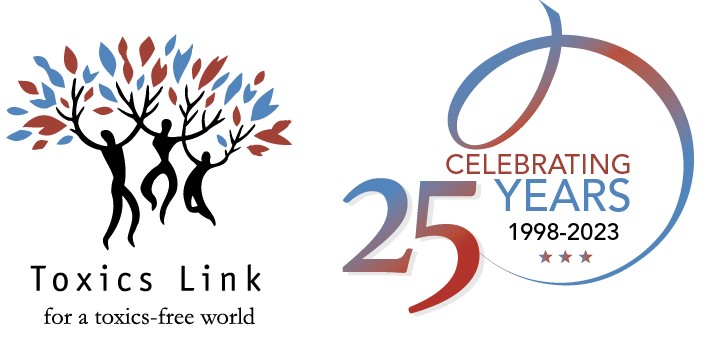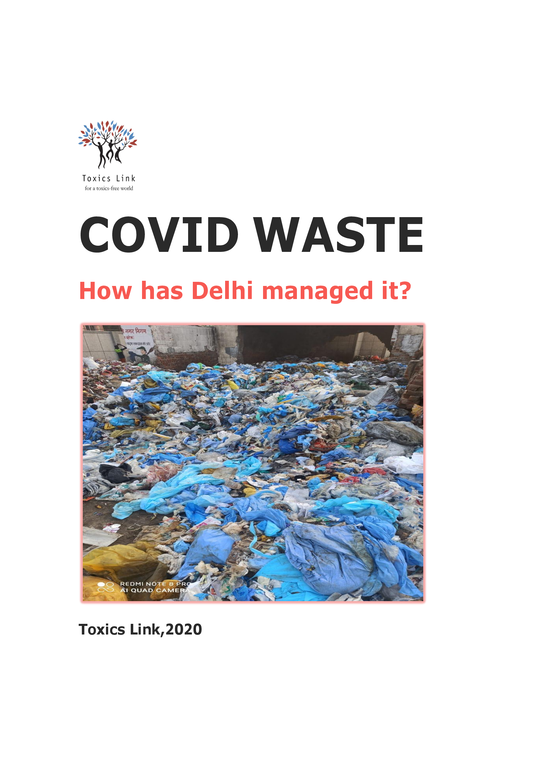
by Subhrakant Biswal | Sep 28, 2022 | Publications, Reports, 2020
The look and feel of the non-woven bags have made people believe that they are made of cloth and therefore environment-friendly.This is far from the truth.The lab findings, which were a part of this study, clearly show the plastic content in the popularly distributed non-woven bags- thus breaking the myth that these bags pose no harm to the environment.Lack of correct information or misleading information is leading most vendors to use plastic (non-woven PP) as replacement for normal plastic- and ironically paying more for it.The industry though continues to assert that NWPP bags are the best alternative to polythene or regular plastic bags, citing their durability and also claiming that they are environment-friendly.Though some local and regional government agencies have explicitly admitted that NWPP bags are not the right choice, there is still lack of clarity on the issue.Consumer awareness and behaviour change programmes still remain key elements and various agencies have to work towards informing and educating the consumers regarding the reality of non-woven bags.
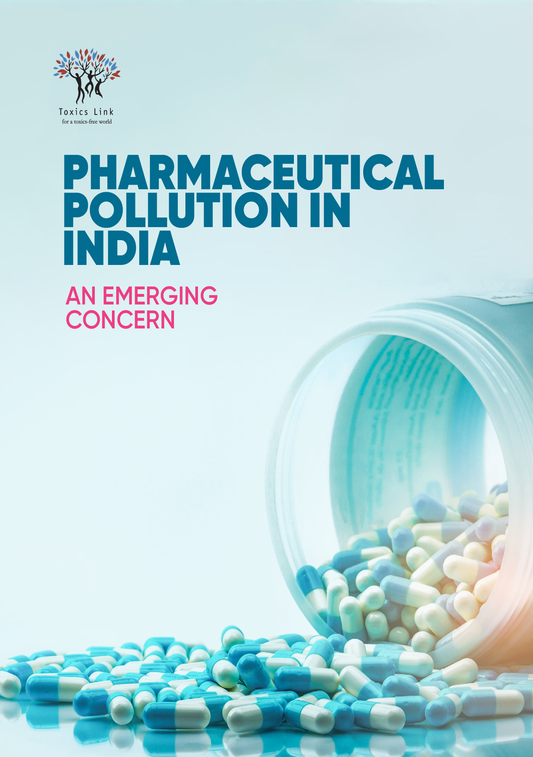
by Subhrakant Biswal | Sep 28, 2022 | Chemicals, Publications, Reports, 2020
The look and feel of the non-woven bags have made people believe that they are made of cloth and therefore environment-friendly.This is far from the truth.The lab findings, which were a part of this study, clearly show the plastic content in the popularly distributed non-woven bags- thus breaking the myth that these bags pose no harm to the environment.Lack of correct information or misleading information is leading most vendors to use plastic (non-woven PP) as replacement for normal plastic- and ironically paying more for it.The industry though continues to assert that NWPP bags are the best alternative to polythene or regular plastic bags, citing their durability and also claiming that they are environment-friendly.Though some local and regional government agencies have explicitly admitted that NWPP bags are not the right choice, there is still lack of clarity on the issue.Consumer awareness and behaviour change programmes still remain key elements and various agencies have to work towards informing and educating the consumers regarding the reality of non-woven bags.
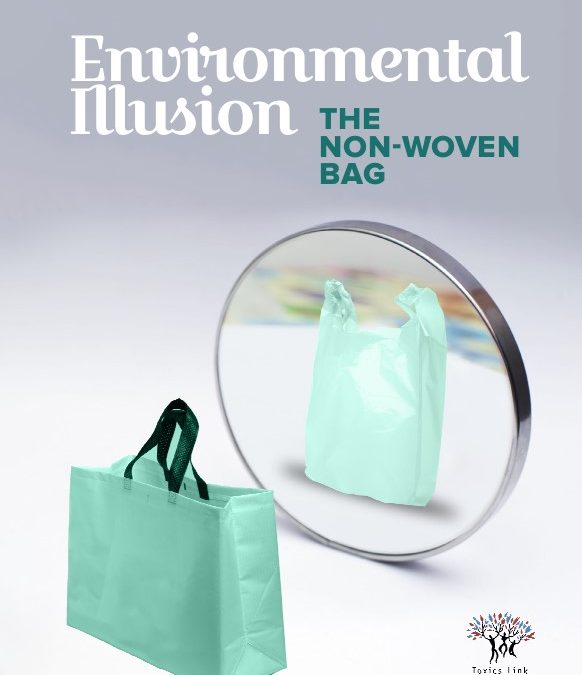
by Ravi Agarwal | May 26, 2022 | Publications, Reports, 2020
The look and feel of the non-woven bags have made people believe that they are made of cloth and therefore environment-friendly.This is far from the truth.The lab findings, which were a part of this study, clearly show the plastic content in the popularly distributed non-woven bags- thus breaking the myth that these bags pose no harm to the environment.Lack of correct information or misleading information is leading most vendors to use plastic (non-woven PP) as replacement for normal plastic- and ironically paying more for it.The industry though continues to assert that NWPP bags are the best alternative to polythene or regular plastic bags, citing their durability and also claiming that they are environment-friendly.Though some local and regional government agencies have explicitly admitted that NWPP bags are not the right choice, there is still lack of clarity on the issue.Consumer awareness and behaviour change programmes still remain key elements and various agencies have to work towards informing and educating the consumers regarding the reality of non-woven bags.
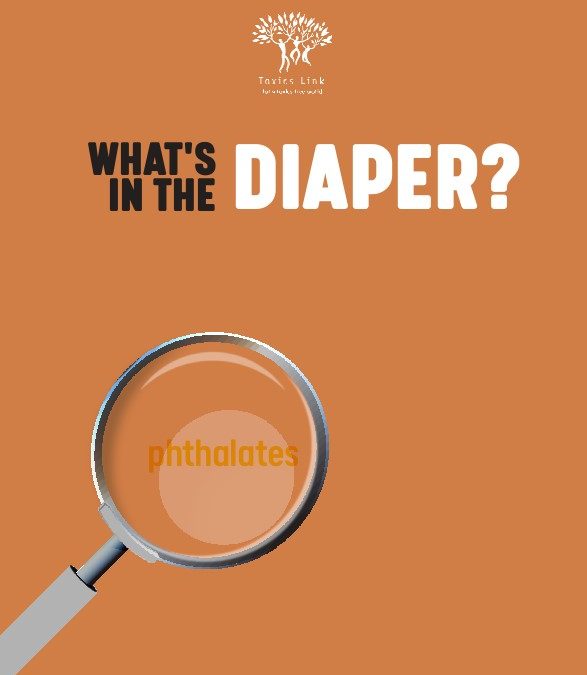
by Ravi Agarwal | May 26, 2022 | Chemicals, Publications, Reports, 2020
The study is an attempt to get an overview on the presence of phthalates in diapers in the Indian context. The study has also established that most of the diapers contain phthalates like DEPH and DBP which are well-known endocrine disruptors. The sample TL-D 16 hasthe highest concentration of DEHP, DBP and total phthalates of 8.2 -302.25 PPM, which is notably higher than the recent published studies by Ishi et al 2015 on DEHP (0.1-0.6 ppm) and DBP (0.1-0.2 ppm) in baby diapers available in Japan and Park et al 2019 of the level of DEHP (0.01-0.06 ppm) and DBP (0.01-0.16 ppm) in diapers in Netherlands. Incidently most of the samples studiedin India have high phthalate levels than the available global studies conducted on phthalates in diapers. Therefore the present study raised concerns on the quality of the products available in the Indian market and also the possible unimaginable risks that these products can pose to children. Moreover due to lack of a suitable disposal mechanism in place, diapers mostly end in the landfills or the surrounding open spaces of our neighbourhoods.As the diapers contain high level of phthalates, there is every possibility that these phthalates are being leached out to the surrounding environment and impacting the overall ecosytems including the ground water. And this can pose huge health hazards to the surrounding community as well.

